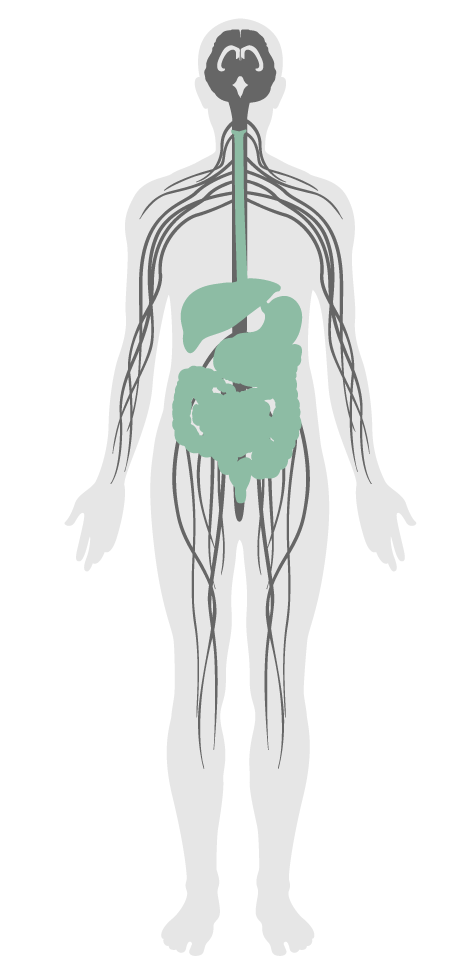Mindful eating
- 38 Fruits and vegetables
- 39 Processed foods
- 40 Food allergies
- 41 Hand washing
- 42 Food contamination
- 43 Artificial ingredients
- 44 Nutritional information
- 45 Food advertising
- 46 Safe food preparation materials
- 47 Serving sizes
- 48 Special diets
- 49 Responsible food production
- 50 Food storage
- 51 Food production
- 52 Mindful eating
- P1 Food environment
- P7 Strategic Dining Design
52. Mindful eating
To encourage mindful eating behaviors and socialization by providing communal eating spaces.
Demanding work schedules and a lack of communal eating spaces can lead people to eat in isolation during meal breaks. Distracted eating at workstations while doing work, reading, watching television or listening to the radio may result in eating more, both immediately and during later food intake. Eating attentively and placing focus on the process of eating, on the other hand, may lead to better control of food intake. Time spent in break areas can lead to better eating habits, encourage social interactions, and help reduce stress.
Eating spaces for employees adhere to the following requirements:
Eating spaces for employees contain all of the following:
The time allotment for lunch periods for early education, elementary, middle, and high schools are one of the following:

Applicability Matrix
| Core & Shell | New & Existing Buildings | New & Existing Interiors | |
|---|---|---|---|
| Part 1: Eating Spaces | O | O | O |
| Part 2: Break Area Furnishings | O | O | O |
| Commercial Kitchen | Education | Multifamily Residential | Restaurant | Retail | |
|---|---|---|---|---|---|
| Part 1: Eating Spaces | - | O | - | O | O |
| Part 2: Break Area Furnishings | - | O | - | O | O |
| Part 3: Lunch Breaks for Schools | - | O | - | - | - |
Verification Methods Matrix
| Letters of Assurance | Annotated Documents | On-Site Checks | |
|---|---|---|---|
| Part 1: Eating Spaces | Architectural Drawing | ||
| Part 2: Break Area Furnishings | Owner | Spot Check | |
| Part 3: Lunch Breaks for Schools | Owner |
| 52.3.a |
The article notes that a goal for time spent in a cafeteria would be 26 minutes assuming 20 minutes of time spent at the table for students to eat. Allowing 4 minutes for travel to and from the cafeteria, a total lunch period could last 30 minutes. |
| 52.3.b |
The authors note that the studies summarized in the article can be used to advocate for reasonable lunch times, allowing students a minimum of 20 minutes at the table to eat. |
